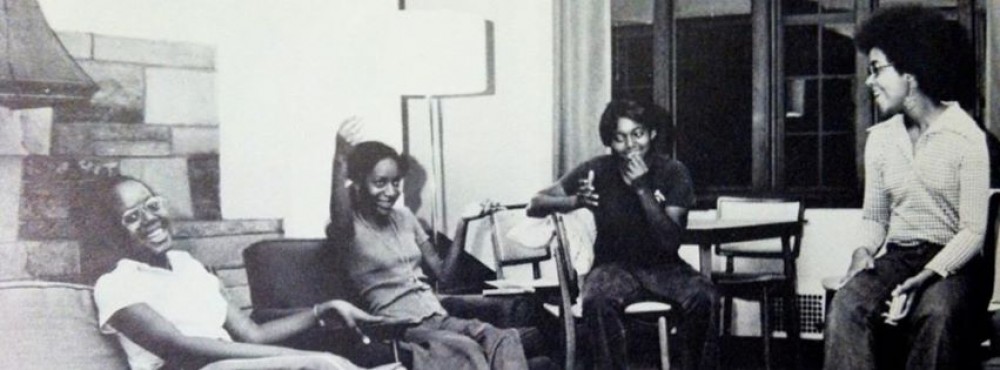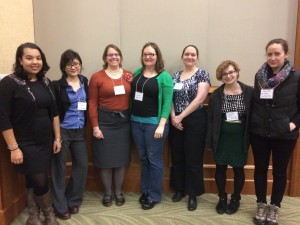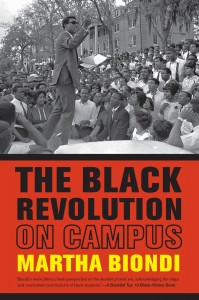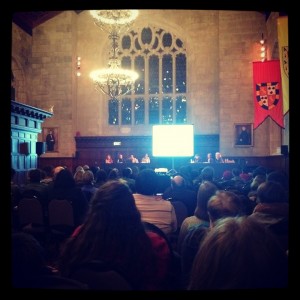by Grace Pusey
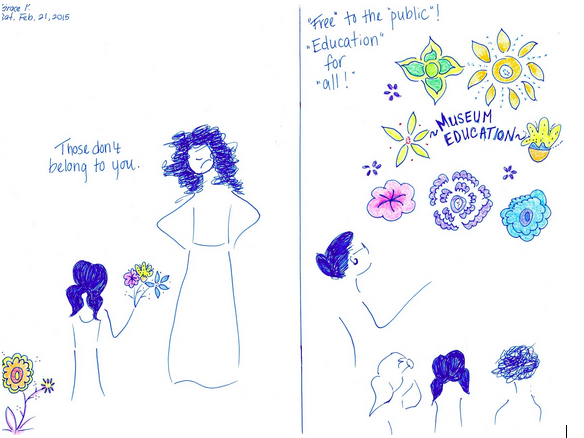
My sketch in response to the “Backtalk” exhibit at Bryn Mawr College, February 21, 2015.
On Saturday, February 21, 2015 I attended the Creative Workshop engaging the Backtalk: Exposures, Erasures, and Elisions of the Bryn Mawr College African Art Collection exhibit in Canaday Library. The workshop, facilitated by Whitney Lopez, Class of 2015 and Alice Lesnick, Term Professor of Education and Africana Studies Coordinator, encouraged students to respond to the exhibit via writing, visual media, and performance. The exhibit itself showcases 35 artworks pertaining to various aspects of family, political, and spiritual life and invites viewers to “[…] engage questions of what the collection includes, leaves out, clarifies, and obscures, as well as how the collection came to be and how it functions within and beyond the College.” Because creativity is not my forte I was hesitant to participate in the workshop, but I forced myself to go for two reasons. First, I felt strongly that the questions the exhibit poses about Euro-American legacies of colonialism in Africa and Bryn Mawr’s relationship to them were relevant to the Black at Bryn Mawr project. Second, I felt it would be terribly opaque to focus solely on the “hidden histories” of Black experiences at the College revealed to us in archived documents while overlooking spaces on campus where Black students, faculty, staff, and their allies are already questioning Bryn Mawr’s representation of its history, challenging its master narratives, and speaking truth to power.
Continue reading →
